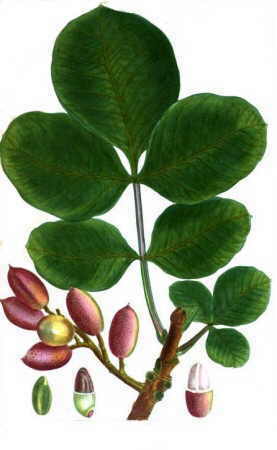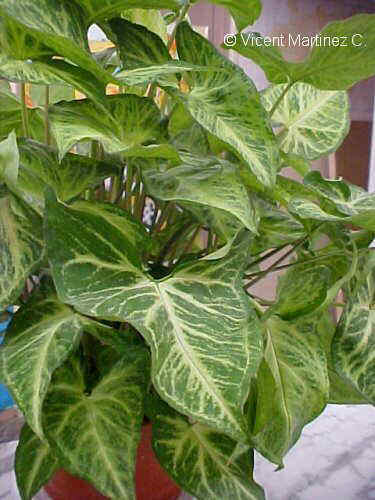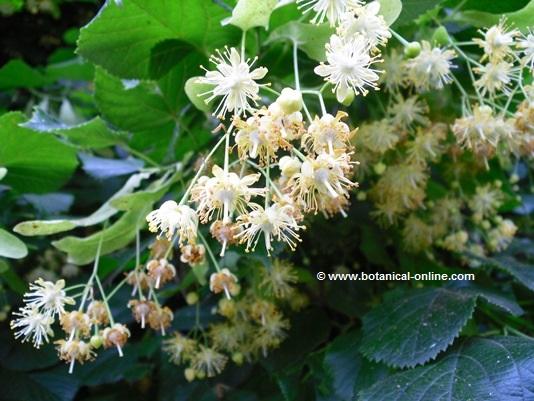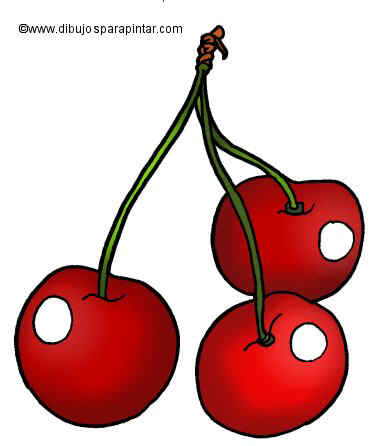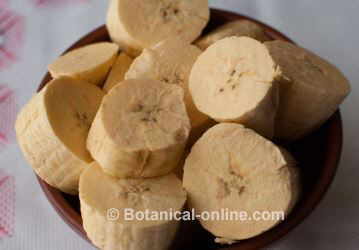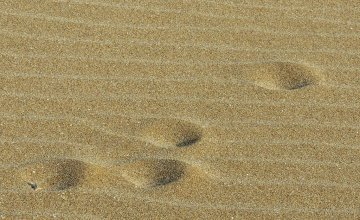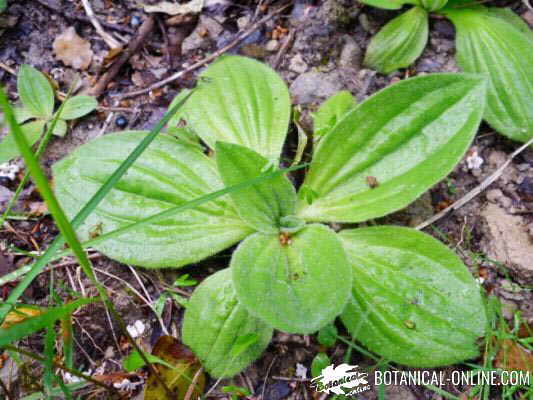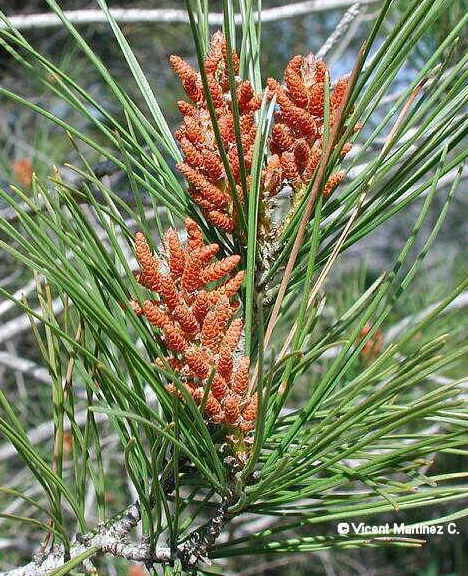What is a seed?
The seeds are the mature ovules from which new plants will grow. They are inside the ovary and surrounded by a hard seed coat, very well kept from outer aggressions.
Parts of the seed
This is a typical seed. We can see the following parts:
| A) The embryo 1) radicle 2) plumule 3) hypocotyl B) The endosperm 4) cotyledon C) The seed coat |
The embryo is the little plant in embryonic state. When conditions are favourable (suitable humidity, warm and oxygen) it develops into a new plant. It contains the following parts:
- The radicle is the part of the embryo which emerges first. Once outside it develops into a main root, producing root hairs and secondary roots.
- The plumule is like a leaf in its early development.
- The hypocotyl is the space between the radicle and the plumule. It develops into a stem.
The endosperm is the food supply contained in the seed. This is sometimes included in the cotyledons, which either achieve the function of primary leaves or food storage, even both of them in some cases.
According to the number of cotyledons, we classify plants in two groups: monocotyledons or monocots and dicotyledons or dicots. In the first group we find so important plants as cereals, palms, lilies, tulips or orchids. The members of the second group are more numerous and comprises most of the trees and flowers.
The seed coat is the outer layer of the seed coat in case of angiosperms, above the tegmen. In reference to gymnosperms, it is actually the seed coat. In both cases the testa protects the seed from aggressions included those of the hervivores. On this surface we could see the micropyle which is a litle pore on the seed coat, through whom, apart from entering the sperm, the seed absorbs water to begin germination.
Germination
The germination is a process that takes places in the appropriate time. Meanwhile seeds can be dormant for long, depending of the species. It seems that in some cases it must be produced during the season, otherwise the seeds become rotten.Whereas in other cases they can wait hundreds of years.
When the germination takes place, the radicle goes out first by tearing the seed coat. It goes into the soil, producing the roots. The hypocotyl extends making the seed emerge from ground, Finally the cotyledons become new green leaves. This is one kind of process, the one which raises cotyledons over ground level (epigeous germination), but sometimes cotyledons remain underground which make them function simply as a food resource, like in the case of peas.
(hypogeous germination)
(See animation gif of a green bean germination)
What are seed plants?
The “seed plants” are those plants which are reproduced by means of seeds. According to the seed, we have two groups of seed plants:
– The angiosperms: they are a group of plants that produce flowers which develop into fruits containing the seeds. These are also called “flowering plants”. There are about 250.000 species of angiosperms. They appeared on Earth about 125 millions years ago in the early Cretaceous. Extended along all kind of habitats, due to their capability to adapt to the different types of soils and climates, they are considered superior to gymnosperms. The reason of this superiority is explained by the following reasons:
- A more efficient reproduction system: For example, flowers are hermaphrodite, seeds are protected inside the fruits, They are mainly pollinated by animals (A more efficient and cheap method than wind pollination in gymnosperms. Gymnosperms must produce many more seeds to achieve pollination)
- More adaptable structures: For example, cacti have learnt to live in the deserts by developing body strategies (See adaptations in cacti)
– The gymnosperms: They are plants which are reproduced by seed. They bare naked seeds which are born in cones, like pines. The term “gymnosperm” means “naked seed”. There are two types of gymnosperms:
- Monocotyledonous (Monocots): They have only one cotyledon or embryonic leaf. There are about 60.000 species of monocots. The biggest group is the orchid family with about 25000 species. Another important group for mankind is the grass family which contains most of the food plant, such as wheat, corn, etc.
- Dicotyledonous (Dicots): They have two cotyledons. There are nearly 200.000 species of dicots.
The following chart shows the mains differences between the two types of gymnosperms:
| Differences between Monocotyledons and Dicotyledons | ||
| Monocotyledons | Dicotyledons | |
| Seeds | One cotyledon | Two cotyledons |
| Pollen | One pore or furrow | Three pores or furrows |
| Roots | Main root generally disappears soon. Adventitious roots instead. | A well defined root, developing from radicle, from which secondary roots derive |
| Flowers | Flower verticils generally trimerous (in sets of threes) | Flower verticils generally pentamerous or tretamerous (in sets of five or four) |
| Stems | Vascular bundles not arranged | Vascular bundles arranged in rings |
| Leaves | Mainly paralled-veined, sheathed at the base, sessile, without stipules | Mainly reticulated, seldom sheated at the base, frequently petiollated and with stipules. |
 To know more about “The seeds”
To know more about “The seeds”
![]() More information about plant cultivation.
More information about plant cultivation.


